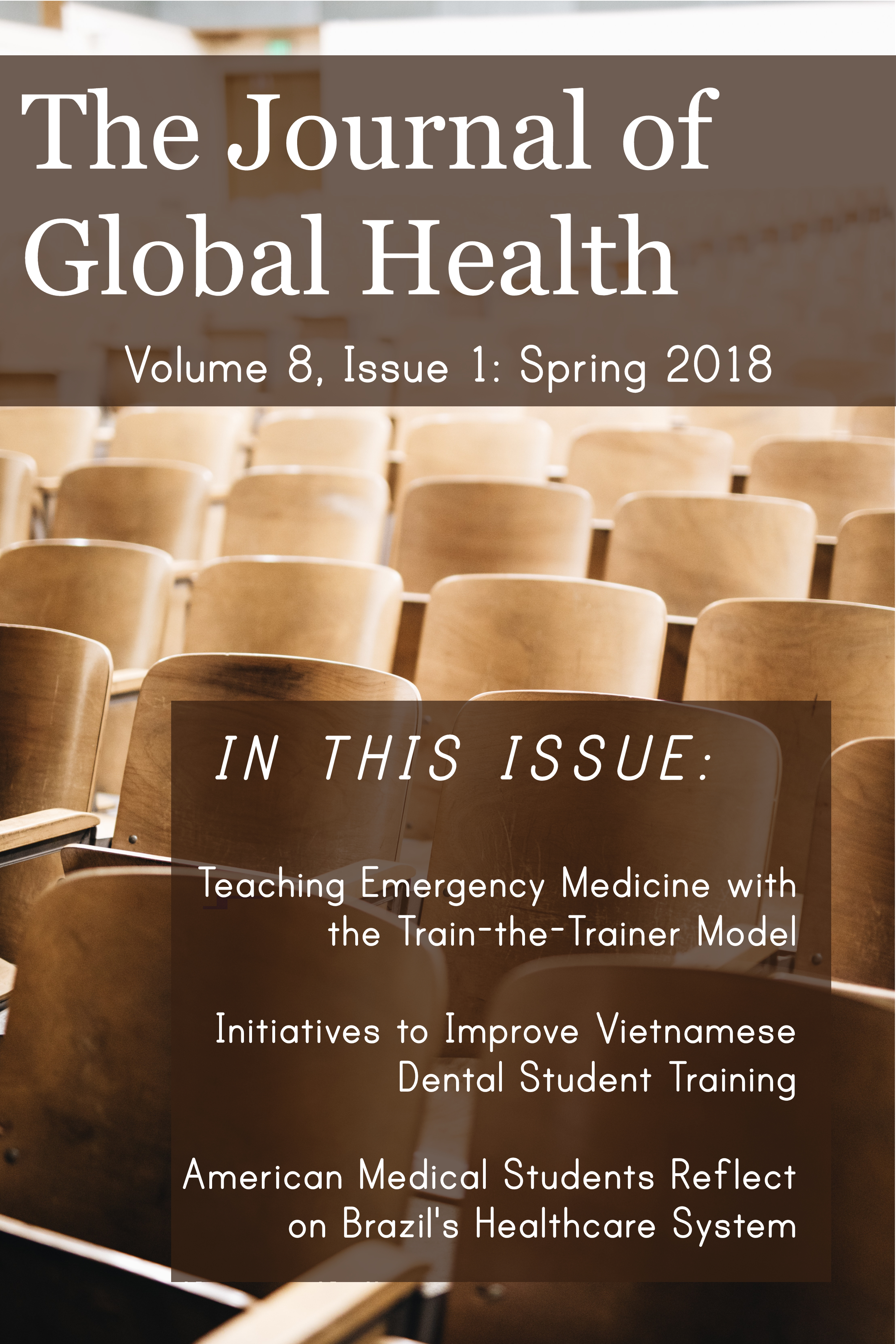Remoteness and demographic distribution of diabetes, hypertension and common medical conditions among indigenous Panamanian communities
Main Article Content
Abstract
The primary aim of the study was to describe associations between remoteness and demographic variables and common medical conditions among children, juveniles, adults and elderly in selected indigenous communities in northwestern Panama. The secondary aim was to investigate the prevalence and risk factors of diabetes and hypertension as they relate to community remoteness.
Data was collected from 2011-2015 by the non-profit, non-governmental organization Floating Doctors, a mobile clinic providing healthcare to remote communities of northwestern Panama. A cross-sectional design was used to describe common conditions and determine risk factors associated with diabetes and hypertension.
Helminth infection was the most common diagnosis overall (24.9%) and among children (33.1%) and juveniles (35.8%), with frequencies increasing with remoteness. Lower back pain (15.2-21.6%) and osteoarthritis (13.7-17.3%) were frequent conditions among adult men and the elderly, respectively. Prevalence of overweight and obesity status was high (72.7%-80.9%) and increased with community remoteness (P=0.0001). Low prevalence of diabetes (1.0%) and hypertension (1.6%) was detected. Female gender (OR:1.54 (95%Cl:1.24-1.91)), age 41-49 years (OR:1.93 (95%Cl:1.24-3.03)), age 50+ years (OR:2.54 (95%Cl:1.92-3.35)), family history of diabetes (OR:6.53 (95%Cl:3.22-13.23)), and hypertension (OR:3.28 (95%Cl:1.36-7.93)) were identified risk factors for diabetes. Community remoteness was not associated to diabetes (OR: 1.00 (95%Cl: 0.55-1.82)) comparing community type 1 with 2, (OR: 0.81 (95%Cl:0.44-1.48)) comparing 1 with 3). Risk factors for hypertension were: age 41-49 years (OR:1.70 (95%Cl:1.17-2.47)), age 50+ years (OR:2.52 (95%Cl:2.04-3.12)) and obesity(OR:4.04 (95%Cl:1:36-12.02)),whereas community remoteness was a protective factor of hypertension(OR:0.23 (95%Cl:0.51-1.02)).
The low prevalence of hypertension and diabetes detected despite high BMI indicates that remoteness could be a protective factor for non-communicable diseases in these communities. However, the results signify that remoteness and limited access to basic medical needs increases vulnerability to diseases like helminth infections, lower back pain and osteoarthritis.
Article Details

This work is licensed under a Creative Commons Attribution 4.0 International License.

